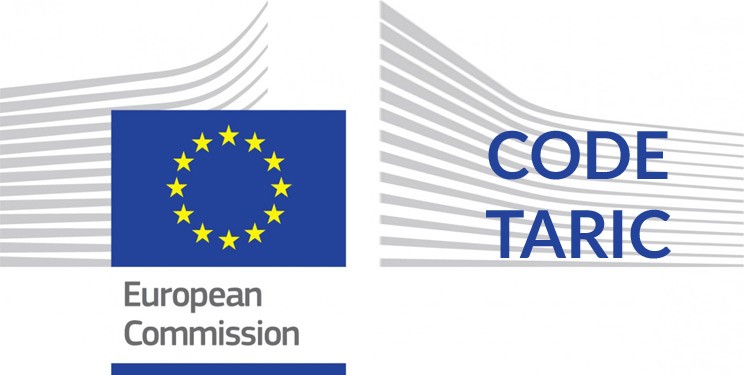Classification of Goods & TARIC Codes
Tariff Codes – Companies importing and exporting goods through the UK post-Brexit, will be required to classify their goods using Tariff Codes. This means that companies will have to obtain the correct tariff code and enter it correctly on a customs declaration for that shipment.
The simple definition of a tariff is a tax or duty to be paid on a particular class of imports or exports. This may sound straightforward, but it is anything but. There are several different names for tariff codes, and they all mean the same thing.
Tariff Codes Terminology:
- HS Code
- Combined Nomenclature (CN)
- Commodity Code
- Classification Code
- Tariff Number
- Customs Classification Number
- CN Number
- Harmonised Code – 10 digits, last 2 digits for EU statistic
One of the most accessible places to find a correct code for your goods is at the European Commission’s, Taxation and Customs Union website. https://ec.europa.eu/taxation_customs/dds2/taric/taric_consultation.jsp?Lang=en
Here the French acronym for tariff codes is used, TARIC(TARifIntégré Communautaire), or integrated tariff of the European Communities. This website will allow users browse through its various goods codes, which are laid out in 21 sections. Users can also browse through origin countries. If using this website, check out the top right-hand corner of this page for daily updates. This contains updates on new measure, duties and code changes. Tariff quotas, tariff preferences and anti-dumping measures can also be obtained on this website.
3CE Technologies also offer a database of all commodity codes in common use through their online portal www.3ce.com. This resource, however comprehensive, is expensive and is out of the price range of the average SME. As of now, November 2019 Brexit has yet to happen. This is a good time to find out the correct commodity code for your goods. Talk to your customs agent, use the websites provided above or contact the Revenue Commissioners’ Classification Unit at Nenagh Co. Tipperary at ecustoms@revenue.ie.
Revenue will tell you at this point that any information they provide you with regarding a commodity code for a particular product is not legally binding. For more certainty look for Binding Tariff Information (BTI). BTI decisions are classification decisions issued by customs administrations in EU member states. These decisions are recognised throughout all member states of the EU. https://www.revenue.ie/en/customs-traders-and-agents/importing-and-exporting/binding-tarrif-information-bti/index.aspx
https://www.tariffnumber.com/offices/IENEN004 Also, if you use a customs agent check with them on a regular basis to make sure the correct commodity code is being used.
It is worthwhile staying up to date with these organisations because occasionally a commodity code may not change, but the regulations around that code or product will have changed and will require your attention. Incorrectly classifying goods, can lead to non-compliance penalties, border delays, seizure of products, or even a denial of import privileges. Ultimately the responsibility for declaring
You may also like to read our Customs FAQ where we answer many frequently asked questions about customs declarations.








1 Comment